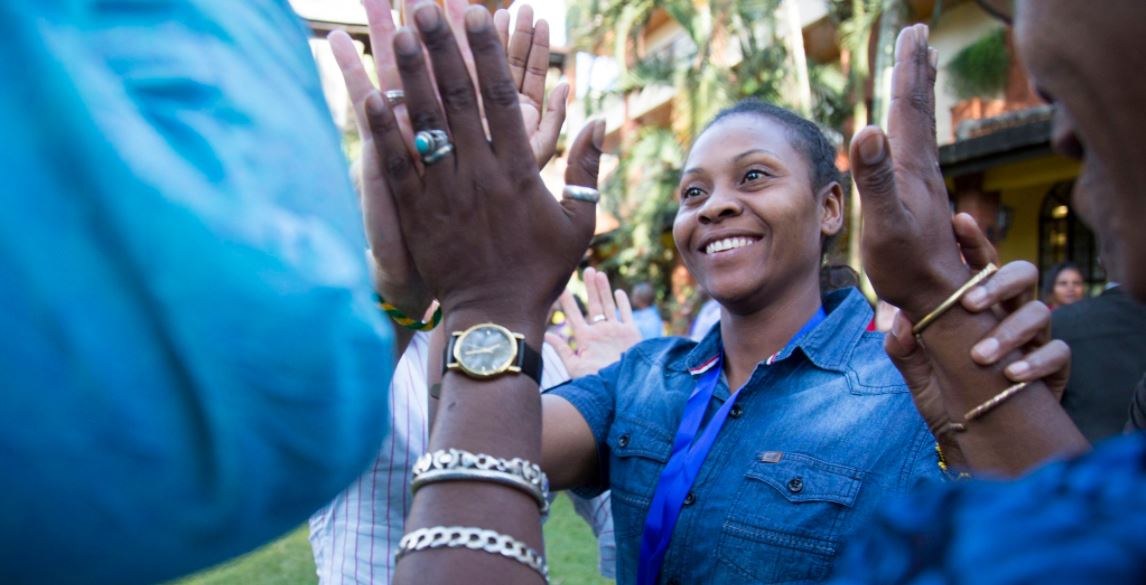Tag: Violence
Everyone deserves to live free of violence: How HIV and GBV service integration can improve lives and effectively address twin epidemics
Walking the walk: LINKAGES and EpiC’s active response to gender-based violence
New evidence from gender-based violence research among key populations can inform HIV programming
“Because of how you are”: Using participatory research to understand violence against transgender women in Latin America and the Caribbean
“Soy capaz de crear una mejor conexión”: Un educador inter pares de la República Dominicana reflexiona sobre cómo abordar el tema de la violencia ha cambiado su capacidad para generar un impacto
“I’m able to create a better connection”: A peer educator from the Dominican Republic reflects on how addressing violence has changed her ability to make an impact
Integrating comprehensive violence prevention and response into HIV programs for key populations: Reducing risks and removing barriers to care

